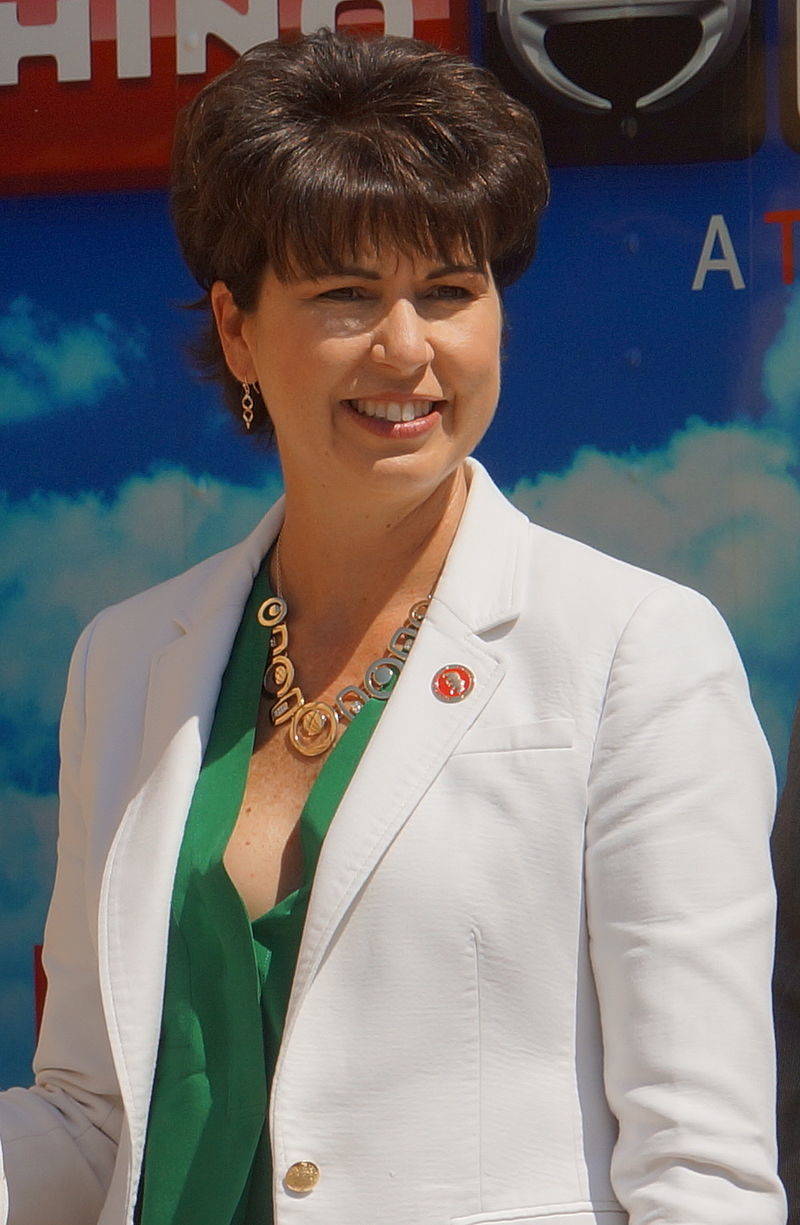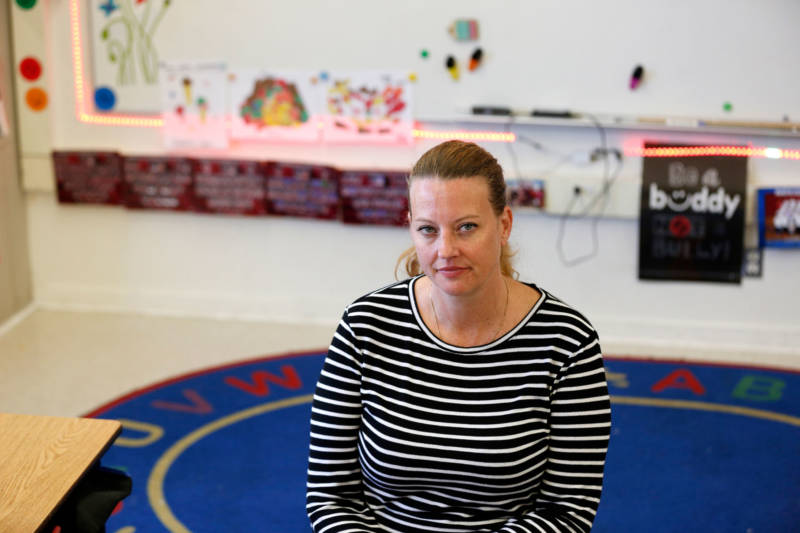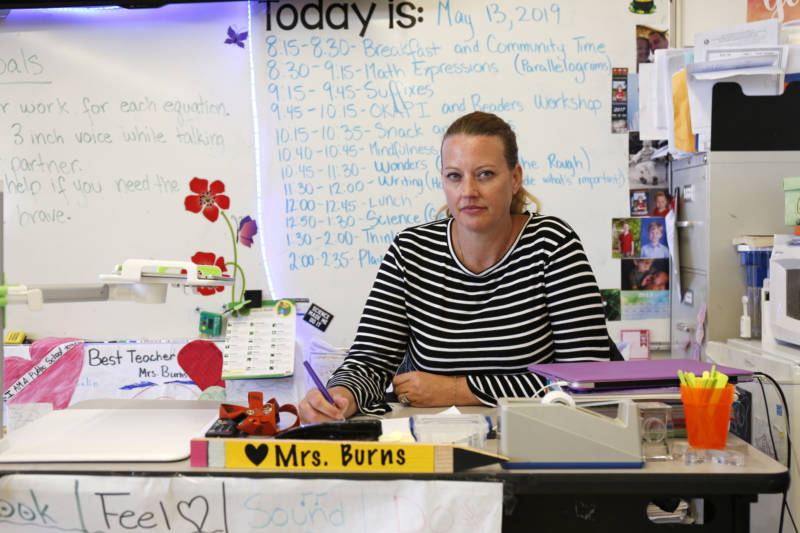A 40-year-old law requiring public school teachers on extended sick leave to pay for their substitutes is under scrutiny by some state lawmakers after KQED reported on the practice.
KQED found that a San Francisco Unified elementary school teacher had to pay the cost of her own substitute — amounting to nearly half of her paycheck — while she underwent extended cancer treatment. Since the story published, more public school teachers have reached out to describe similar hardships.
Obscure Law, Major Impact
Unlike many other employees, public school teachers in California don’t pay into the state disability insurance program (SDI) and can’t draw benefits from it.
Under the California Education Code, teachers get 10 sick days a year, after which they receive 100 days of extended sick leave. It’s during this latter period that the cost of a substitute teacher is deducted from their salary.
Eric Heins, president of the California Teachers Association, said fixing the problem could be as simple as eliminating that part of the education code.

“Some of our advocates in Sacramento are talking with both the governor’s office and with [state Sen.] Connie Leyva and others who have expressed interest as this continues to go viral,” Heins said. “There’s a lot of discussion about it and outrage and, you know, you can say rightfully so.”
But Heins added that scrapping the 1976 law would strain already cash-strapped districts, and noted that extra state funding would first be necessary.
Leyva, D-Chino, who chairs the Senate Education Committee, offered an apology to teachers who have had to pay for their substitutes while facing catastrophic illness.
“I’m sorry we don’t have a better system in place,” she said in a recent interview with KQED. “We couldn’t help you, but we’re going to try and fix it for future teachers.”
But Leyva said that fix will likely have to wait until the next legislative session.
“What we’re finding is that it’s a little more complicated than we thought it was,” she added.
Leyva has also raised concerns with a rule in the education code that requires teachers to exhaust their extended sick leave days before they can receive donated sick days from their colleagues.
“We know that teachers have to wait months before other teachers can donate time to them,” she said. “Teachers should be able to draw on that bank earlier rather than later. You know 100 days, five months … that’s a long time for people to have to wait and be out on leave and not have money to pay their bills.”
Leyva said she was planning to explore the issue with the CTA before proposing reforms.
The issue is receiving some national attention this week, with Bernie Sanders, Vermont senator and 2020 Democratic presidential candidate, weighing in via Facebook on Tuesday.
A Surprisingly Small Paycheck
Any of those reforms would have helped Heather Burns, who was diagnosed with breast cancer in 2016 while teaching fifth grade at Sheridan Elementary School in San Francisco. She and her husband had just had a child and purchased a new home.
While receiving treatment on extended sick leave, Burns began receiving her paychecks, which she said came to less than half of her regular pay after the cost of the substitute had been deducted.
“It’s absolutely outrageous and leaves you in a state of desperation when your cancer diagnosis already has taken your hope away,” she said.

Burns worried she and her husband wouldn’t be able to make mortgage payments on their home, and had to ultimately rely on help from her parents. She said she was also never told there was a sick-leave bank of donated days from other teachers available, which she might have been able to draw from after using up her own extended leave at partial pay.
“I was never contacted,” she said. “I was never told. I know that my principal wasn’t either, because she would have definitely let me know.”
Her significantly diminished paycheck added insult to injury, Burns said.
“I’m sick. I just had surgery. I’ve just gotten diagnosed with breast cancer. My world is falling apart and they just send me my paycheck,” she said. “And I literally had to figure out with my husband how we were gonna make things work, get my treatment over the summer and go back to work so I didn’t have to pay for a sub.”
Even though Burns’ doctor advised her not to return to work, she said she couldn’t afford to stay home. Still sick and exhausted from her radiation treatment, she reluctantly returned to her fifth-grade classroom at Sheridan Elementary School at the beginning of the following school year.
On her first day back, Burns said, her principal apologetically informed her that she would have 41 students in her class. At that point, she began looking to move to another district and is now teaching third grade in South San Francisco, where her classes are notably smaller.
Burns contacted KQED after reading the account of the first San Francisco teacher.
